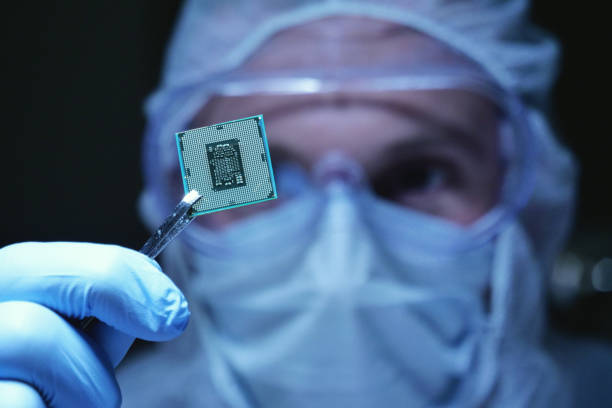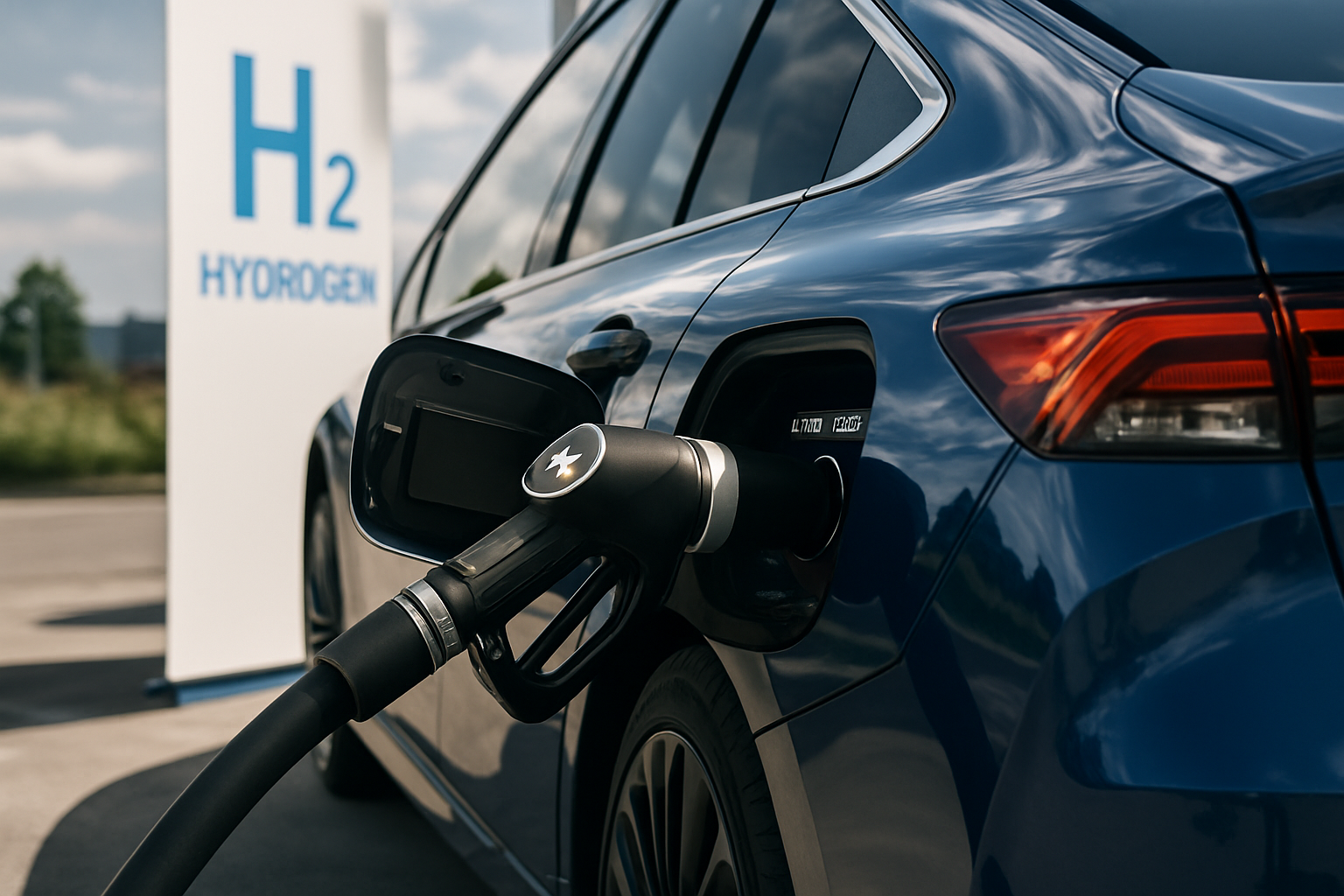Hydrogen Fuel Cell Vehicles: The Next Frontier in Clean Transportation
Welcome to the cutting edge of automotive innovation, where hydrogen fuel cell vehicles are poised to revolutionize the way we think about clean transportation. Imagine cruising down the highway in a car that emits nothing but water vapor, refuels in minutes, and offers the range of a conventional gasoline vehicle. This isn't science fiction—it's the promise of hydrogen fuel cell technology, and it's closer to reality than you might think.

The fuel cell stack consists of multiple individual cells, each containing an anode, cathode, and electrolyte membrane. When hydrogen enters the anode side, it’s split into protons and electrons. The protons pass through the electrolyte membrane, while the electrons are forced to travel through an external circuit, generating electricity. On the cathode side, oxygen combines with the protons and electrons to form water.
A Brief History of Fuel Cell Technology
The concept of fuel cells dates back to 1839 when Welsh physicist William Grove first demonstrated the principle. However, it wasn’t until the 1960s that NASA began using fuel cells in space missions, providing both power and drinking water for astronauts. This early adoption helped spur further development and refinement of the technology.
In the automotive world, major manufacturers began seriously exploring fuel cell vehicles in the 1990s. Toyota, Honda, and Hyundai have been at the forefront of this technology, with each company now offering production fuel cell vehicles in select markets. Other automakers, including BMW and Mercedes-Benz, are also investing heavily in hydrogen technology, signaling a growing interest in this alternative powertrain.
Advantages Over Battery Electric Vehicles
While battery electric vehicles have gained significant traction in recent years, hydrogen fuel cell vehicles offer several distinct advantages. First and foremost is refueling time. A fuel cell vehicle can be refilled with hydrogen in about five minutes, comparable to refueling a gasoline car. This is a stark contrast to the hours required to fully charge a battery electric vehicle.
Range is another area where fuel cell vehicles shine. Many current models can travel over 300 miles on a single tank of hydrogen, with some pushing beyond 400 miles. This long-range capability makes fuel cell vehicles particularly attractive for long-distance travel and heavy-duty applications like trucking and buses.
Additionally, fuel cell vehicles are less affected by cold weather than their battery-powered counterparts. While battery performance can degrade significantly in low temperatures, fuel cells maintain their efficiency, ensuring consistent performance year-round.
Infrastructure Challenges and Solutions
The most significant hurdle facing widespread adoption of hydrogen fuel cell vehicles is the lack of refueling infrastructure. As of 2023, there are only a few hundred hydrogen fueling stations worldwide, with the majority concentrated in Japan, South Korea, and California. This chicken-and-egg problem—where consumers are hesitant to buy fuel cell vehicles due to limited refueling options, and companies are reluctant to build stations without a large customer base—has slowed the technology’s growth.
However, governments and private companies are working to address this issue. In Europe, the Hydrogen Mobility Europe (H2ME) project is coordinating the rollout of hydrogen refueling stations across multiple countries. In the United States, California has taken the lead, with plans to have 200 stations operational by 2025. As infrastructure expands, it’s likely to catalyze further adoption of fuel cell vehicles.
Environmental Considerations
While fuel cell vehicles themselves produce zero emissions, the production of hydrogen can have varying environmental impacts depending on the method used. Currently, most hydrogen is produced through steam methane reforming, which does release carbon dioxide. However, there’s a growing push towards “green hydrogen” produced through electrolysis powered by renewable energy sources like wind and solar.
As the grid becomes greener and more efficient electrolysis technologies are developed, the overall environmental footprint of hydrogen fuel cell vehicles is expected to decrease significantly. Some experts argue that in regions with abundant renewable energy, hydrogen could become a key player in storing and distributing clean energy, not just for transportation but for the entire energy sector.
The Road Ahead for Hydrogen Fuel Cell Vehicles
Despite the challenges, the future looks promising for hydrogen fuel cell technology in the automotive world. As production scales up and technology improves, costs are expected to decrease, making fuel cell vehicles more competitive with conventional and battery electric options. Moreover, the technology’s benefits make it particularly well-suited for certain applications, such as long-haul trucking, where battery weight and charging times pose significant challenges.
Collaborations between automakers, energy companies, and governments are accelerating development and deployment of hydrogen technology. For instance, the Hydrogen Council, a global initiative of leading energy, transport, and industry companies, is working to accelerate investment in hydrogen and fuel cell technologies.
As we move towards a cleaner, more sustainable transportation future, hydrogen fuel cell vehicles are poised to play a crucial role. While they may not replace battery electric vehicles entirely, they offer a complementary solution that addresses some of the limitations of battery technology. The road ahead for hydrogen fuel cell vehicles is exciting, filled with potential for innovation and environmental benefits. As infrastructure expands and technology advances, we may soon see these water-emitting wonders become a common sight on our roads, ushering in a new era of clean, efficient transportation.





